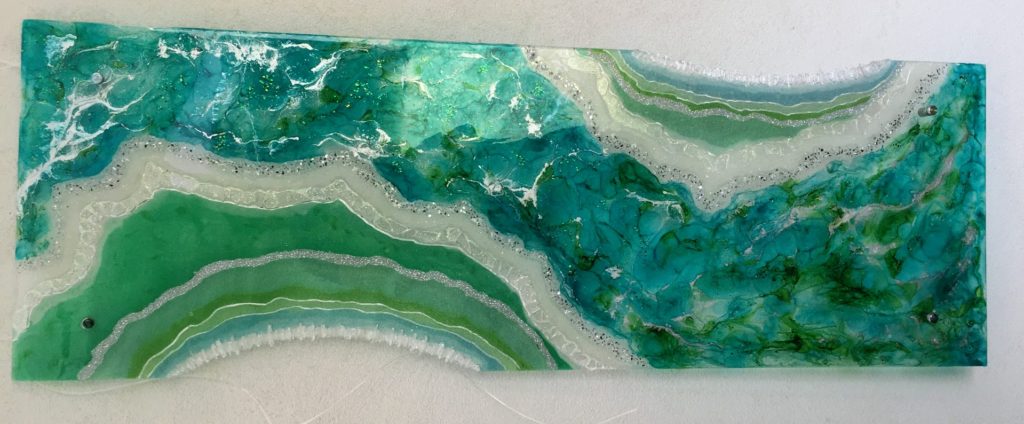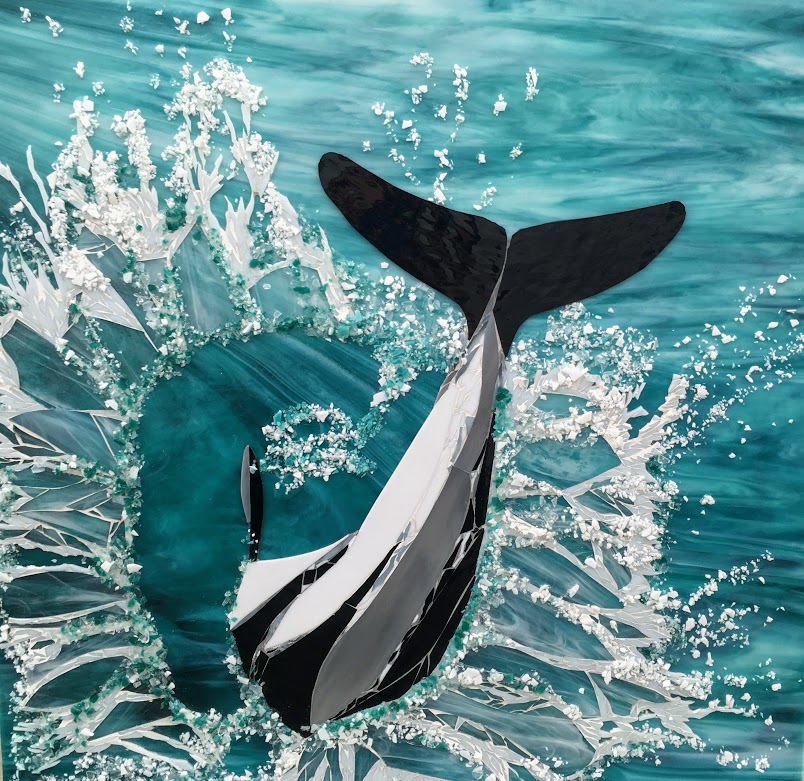
Several years ago, I took a handful of young boys to walk along the coastal path from Bondi to Tamarama, to check out the Sculptures by the Sea exhibition. We were absolutely rivetted by the creativity on display and I’ve longed for the opportunity to be back in NSW at the right time to go again.
Established in 1997, Sydney’s Sculptures by the Sea has become the world’s largest free sculpture exhibition. 100 sculptures by artists from all over the world are displayed along the path and on the beaches. It evolved from an idea by David Handley, who had spent time in Prague and been inspired by an outdoor sculpture park in Northern Bohemia. The first exhibition was set up on a shoestring, but it brought together a plethora of local artists and volunteers, not to mention the 25,000 people who showed up on the day.
Since then, the Bondi Sculptures by the Sea has grown exponentially into an annual, three week exhibition, and the idea has been copied in Perth, Melbourne and Adelaide.

Last weekend, I popped down to Brighton, South Australia to see how this year’s local sculpture exhibition was going. The Brighton version of Sculptures by the Sea first came into existence in 2008, when the local lifesaving club thought it might be an interesting way to raise some funds for the club. As in Bondi, it started from humble beginnings, but within five years it was bringing in experienced sculptors keen to get on the bandwagon.
Now, supported financially by Patritti Wines, Bank SA, Channel 7 and many others, Brighton Jetty Sculptures is a major community arts exhibition featuring both indoor and outdoor sculptures on display along the Brighton Beach promenade and in two marquees in the park beside the Brighton Surf Lifesaving Club. Over 200 sculptures were on display this year, and all were available for sale, 30% of which goes to the lifesaving club. Many of the sculptors are also happy to take on commissions.
It is a wonderful venue to show off the talents of both emerging and established sculptors. Often, the sculptures have a sea or beach theme. Animals and birds are also popular subjects. Many of the artists have created environmentally friendly pieces from waste materials. In the marquees in Bindarra Reserve, there are statues made from driftwood and reclaimed timber, and a phoenix rising from the detritus of man-made waste, such as plastic zipties, sparkler rods, pens and rubble. A beautiful, framed relief of a fern – a symbol of regeneration and hope – was created from glass beads and corrugated iron salvaged from the Cuddlee Creek fires last summer by artist Sue Caldicott. ‘Misuiro’ by Erika Edwards is a fabulous seascape made from resin and acrylic, bejwelled with quartz crystals, glass and glitter. And there are several wonderful glass mosaics including a whale tale and Mr. Percival the ‘Storm Boy’ pelican.

On the seafront, a giant, hands-on kaleidoscope was built by Trent Manning & Kristen Wohlers and has been so popular that the handle has come loose and had to be fixed three times! Another one, named Kaleidoscope – although it is, in fact, a hoop of steel butterflies – provides a framed view over the waves. It was made by James Hamilton, who also created a full sized corten steel stag, ‘Heart of the Highlands’ posing proudly and staring up to the hills. My favourite piece last year – and still my screensaver – was Hamilton’s beautiful giraffe named Rita, also made from corten steel, that won the People’s Choice Award. (COR-TEN, I learned, is also known as weathering steel, referring to the chemical composition that has increased resistance to corrosion compared to other steels, forming an attractive, rusty appearance after several years’ exposure to weather.) Will Hendriks’ Surreal Shell in cast aluminium, large as a sofa, nestles in the dunes. His ‘Moving Forward’ also won the prize for the best outdoor sculpture.

Stephen Vaughn created a 4 metre alligator from recycled gas cylinders and called him ‘Troy, King of the Swamp.’ We admired outdoor chairs constructed of steel and wood would that look divine in the garden, the sides curving into a womb-like pod, called ‘Sturt Desert Pea’ – appropriate as the floral emblem of South Australia. And one for the kids is a surreal piece called ‘Covid-19 Exterminator Machine Contraption’ by Steve Oatway, made from a variety of left-overs from junk stalls and op shops, including tractor seats, shower heads and an array of superhero figures. Everyone I saw admiring it spent ages examining all the details.
I even acquired a small piece for our garden, to complement the beautiful boobook owls that have moved into our road. And I am already looking forward to next years exhibition!
